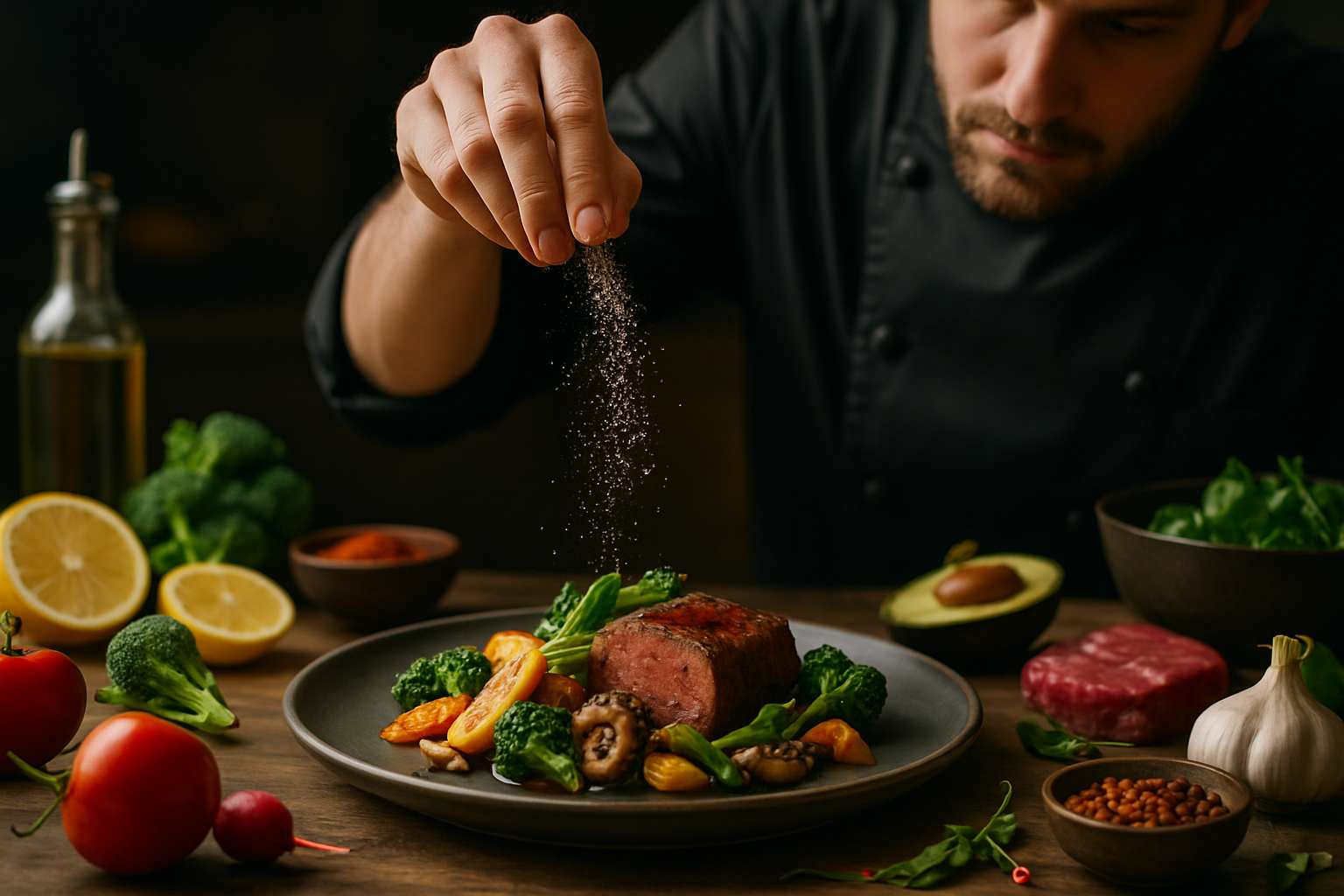Culinary Alchemy: Transforming Ordinary Ingredients into Extraordinary Dishes
Unlock the secrets of culinary alchemy and elevate your cooking game to new heights. This article delves into the art of transforming everyday ingredients into gourmet masterpieces, exploring innovative techniques and flavor combinations that will revolutionize your approach to home cooking. Get ready to embark on a journey of culinary discovery that will tantalize your taste buds and impress your dinner guests.

Mastering the Art of Flavor Layering
One of the key techniques in culinary alchemy is flavor layering. This involves building complex taste profiles by combining different ingredients and cooking methods. Start with a base of aromatic vegetables, add layers of herbs and spices, and finish with a touch of acidity or sweetness to balance the dish. By carefully selecting and combining flavors, you can create a harmonious symphony of tastes that elevate even the simplest ingredients. Experiment with unexpected combinations, like pairing fruit with savory dishes or incorporating umami-rich ingredients to add depth and richness.
The Power of Texture in Culinary Creation
Texture plays a crucial role in the overall experience of a dish, and mastering texture manipulation is essential for culinary alchemy. Learn to contrast crispy elements with creamy components, or combine smooth purees with crunchy toppings. Techniques like sous vide cooking can transform tough cuts of meat into tender, melt-in-your-mouth delicacies, while molecular gastronomy methods can turn liquids into pearls or foams. By paying attention to texture, you can create dishes that are not only delicious but also exciting and engaging to eat.
Harnessing the Potential of Fermentation and Aging
Fermentation and aging are powerful tools in the culinary alchemist’s arsenal. These processes can transform ingredients over time, developing complex flavors and unique textures. Experiment with making your own kimchi, kombucha, or aged cheeses to add depth and interest to your culinary creations. Even simple techniques like marinating meats or aging homemade sauces can significantly enhance the flavor profile of your dishes. By harnessing the power of time and beneficial microorganisms, you can create ingredients that are truly one-of-a-kind.
The Art of Presentation: Elevating Dishes Through Plating
The final step in culinary alchemy is presentation. A beautifully plated dish can transform the dining experience, engaging all the senses and creating an unforgettable impression. Learn to use negative space, create height and dimension, and incorporate edible garnishes that complement the flavors of your dish. Experiment with different plating styles, from rustic and homey to sleek and modern, to find the perfect presentation for your culinary creations. Remember, we eat with our eyes first, so taking the time to perfect your plating can truly elevate your cooking to restaurant-quality levels.
Culinary Alchemy Tips & Facts
• Use a blowtorch to quickly caramelize sugar on desserts or add a smoky char to vegetables
• Incorporate umami-rich ingredients like miso, aged cheeses, or mushrooms to add depth to dishes
• Experiment with infusing oils and vinegars with herbs, spices, or fruits for unique flavor accents
• Try using unconventional cooking methods like hay smoking or salt baking to impart unique flavors
• Explore the world of edible flowers to add visual appeal and subtle flavors to your dishes
In conclusion, culinary alchemy is about pushing the boundaries of traditional cooking and exploring the endless possibilities of flavor, texture, and presentation. By mastering these techniques and embracing your creativity, you can transform everyday ingredients into extraordinary culinary experiences. Remember, the key to successful culinary alchemy is experimentation and a willingness to think outside the box. So, roll up your sleeves, fire up your stove, and let the magic begin in your kitchen!





